Metal Plate Edge Processing Solutions
Plate Edge Milling Machine
Plate Edge Milling, Chamfering, and Beveling for Steel, Stainless Steel, and Aluminum Plates.
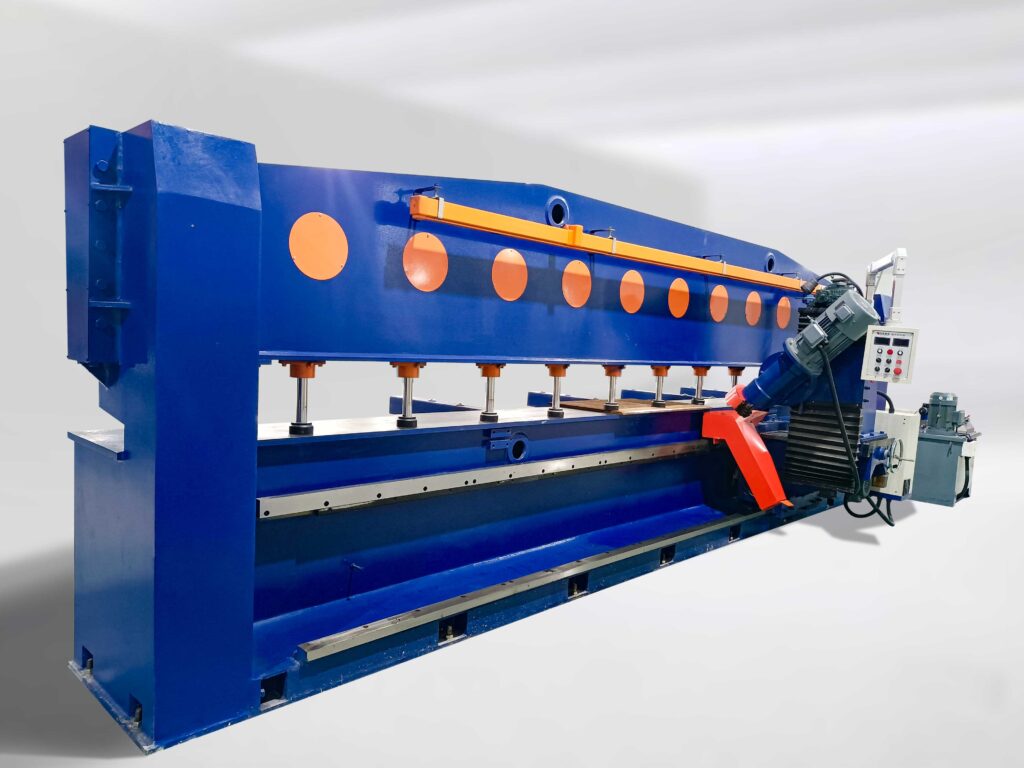
What Is
Plate Edge Milling Machine
A plate edge milling machine mills, chamfers, and bevels steel, stainless steel, and aluminum plates. Widely used in shipbuilding, bridges, pressure vessels, and steel structures, it enhances efficiency and precision.
Plate Edge Milling is a machining process that mills metal plate edges for a smooth, flat, or specific shape.
PEM plate edge milling machine delivers mirror-finish metallic surfaces with uniform edges. Advanced technology ensures perfectly parallel edges (±0.1mm tolerance), meeting strict welding standards.
Process of Plate Edge Milling
The Plate Edge Milling Process includes: securing the plate, selecting the milling cutter and setting machining parameters such as speed and feed rate; starting the equipment, with the milling cutter cutting along the plate edge to remove excess material and form the desired edge shape; and finally inspecting the edge quality to ensure it meets requirements.
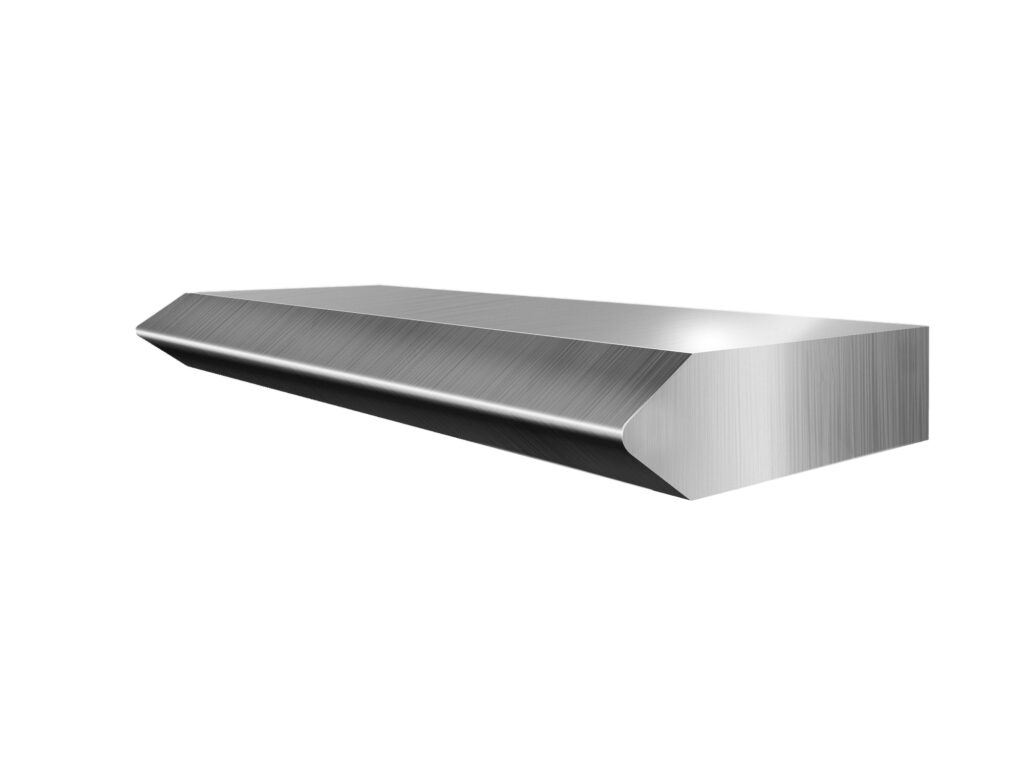
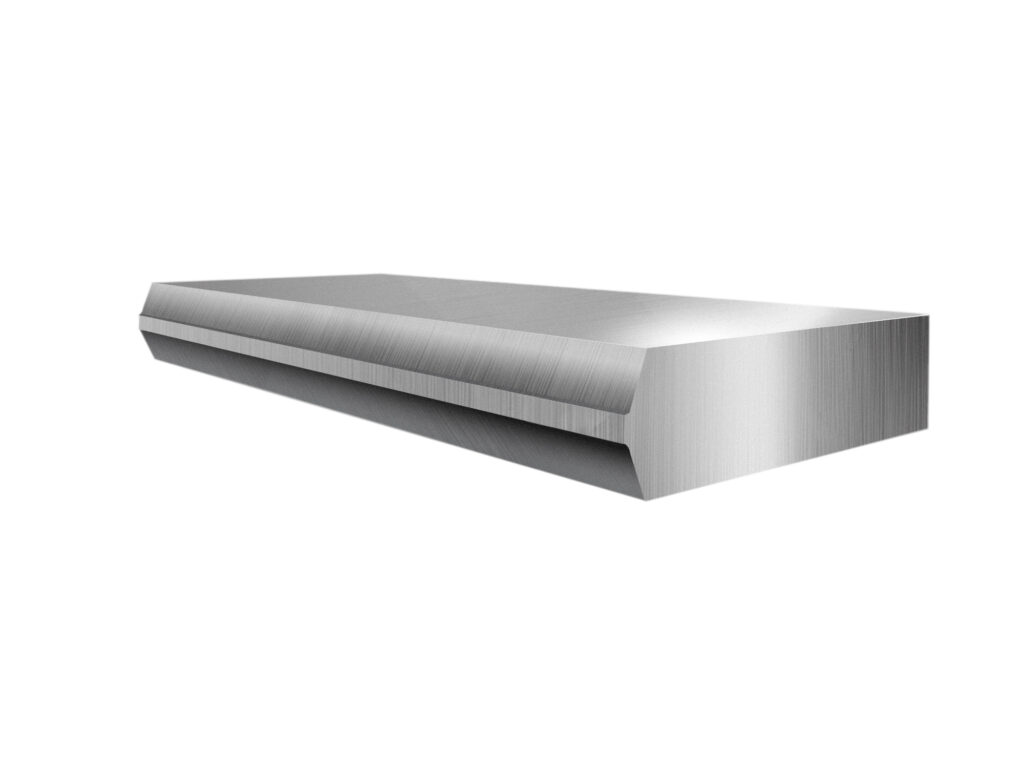
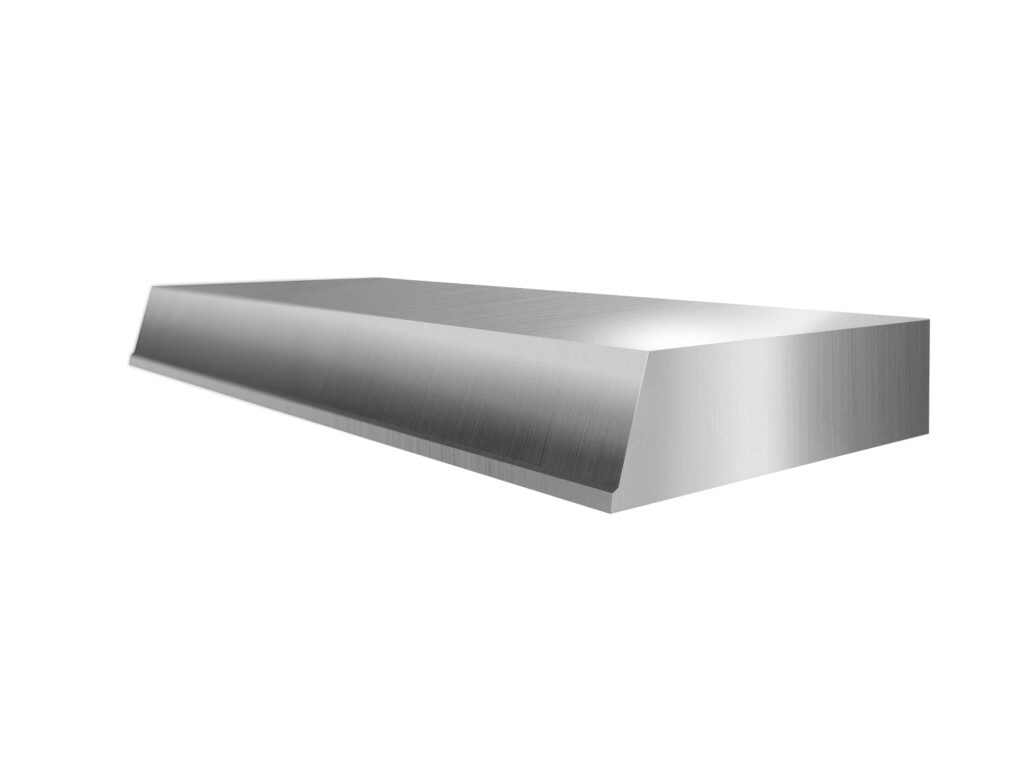
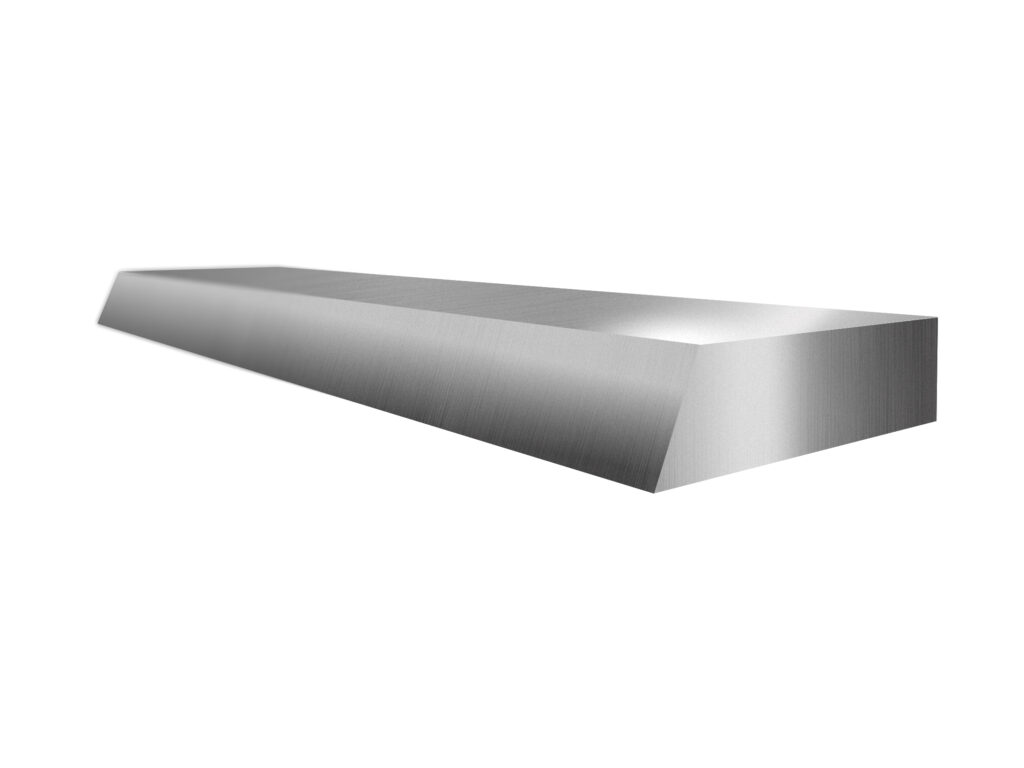
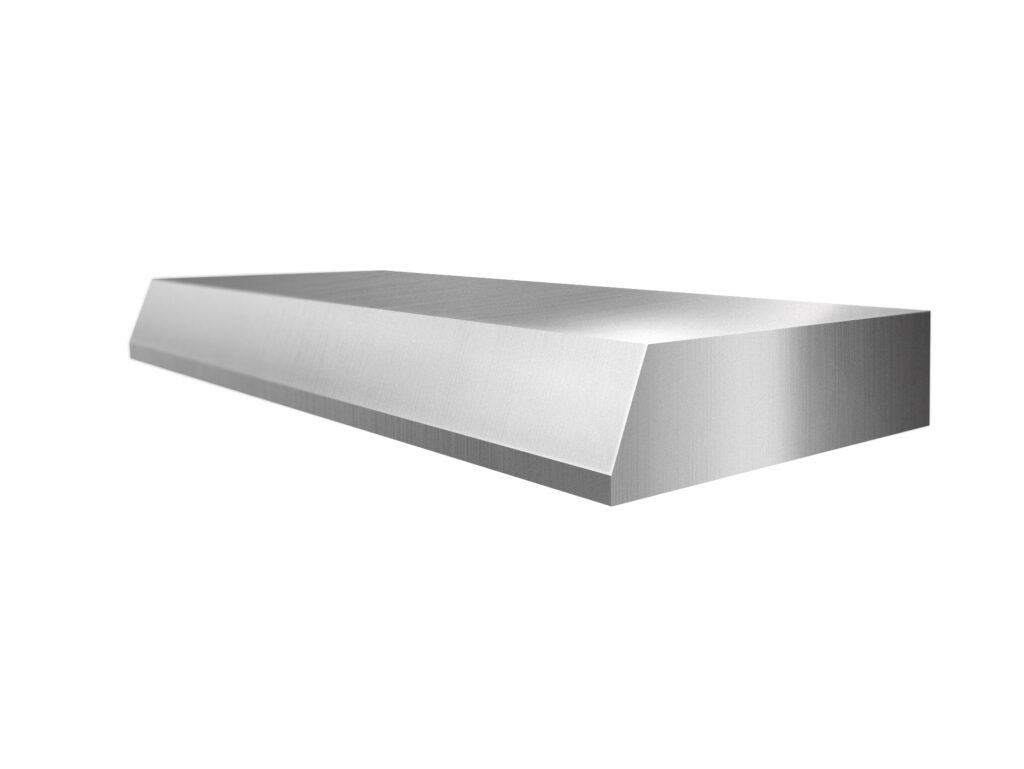
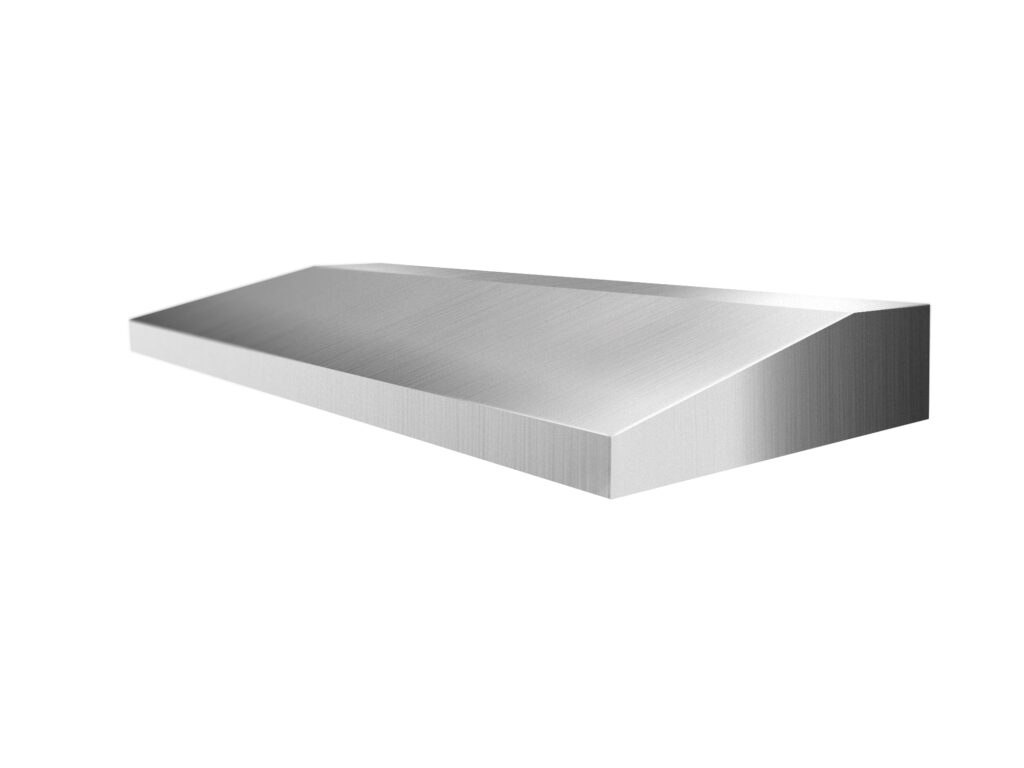
Plate Edge Milling is a process used to machine the edges of metal plates, typically performed before welding to clean the edges, prepare bevels, and ensure dimensional accuracy. It effectively removes oxidation, rust, and burrs from the plate edges while creating suitable bevel shapes (such as V-type or U-type) for welding, thereby improving the quality and durability of welded joints.
The entire edge milling process with the PEM plate edge milling machine is often automated using CNC technology, enhancing efficiency and consistency, and providing high-quality edges for subsequent welding or assembly.
Type of PEM
Plate Edge Milling Machine
PEM-V & PEM-H: Only one side of the plate edge is the milling process, which is less efficient but less costly.
PEM-HD: Double-sided plate edge milling machine: Milling processes both sides of the plate edge simultaneously, with high efficiency, suitable for symmetrical bevel or high-precision requirements.
PEM-HF: Efficiently and accurately complete the bevel milling (such as welding grooves or chamfers) around the plate (such as steel plates, aluminum plates, etc.)
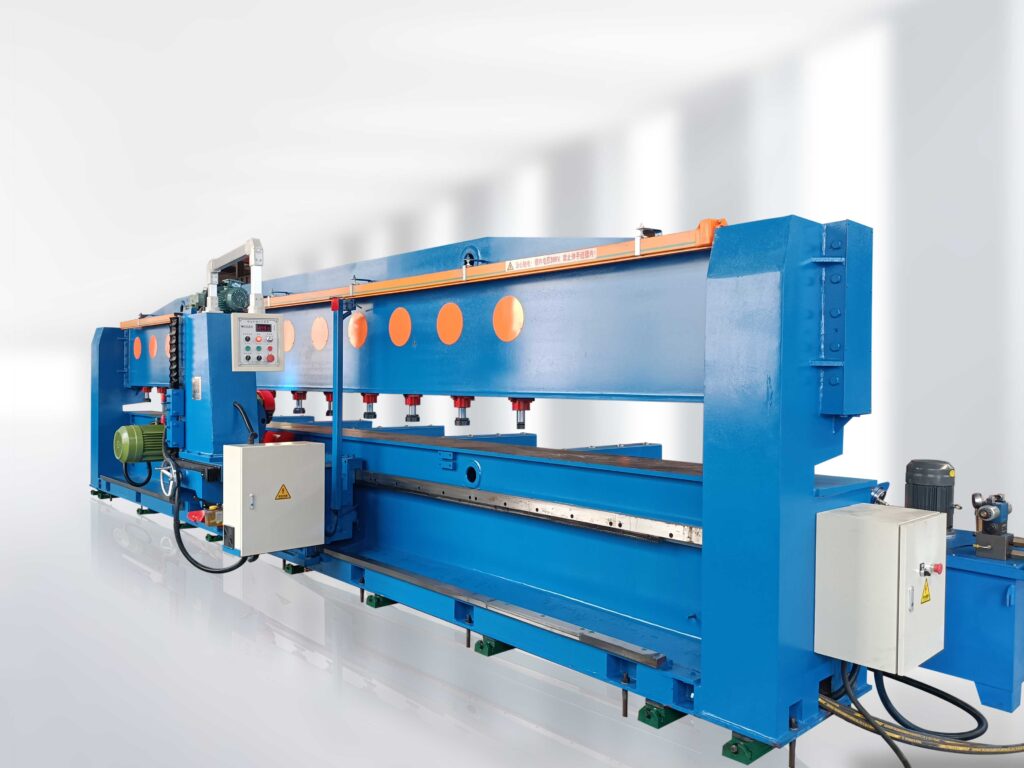
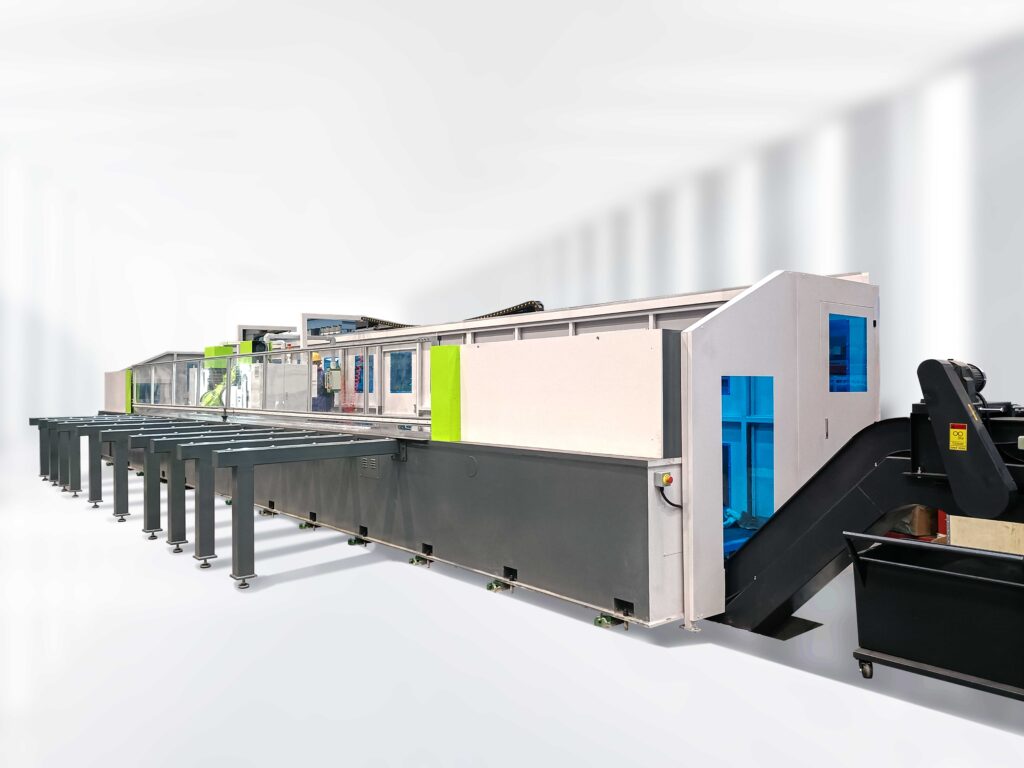
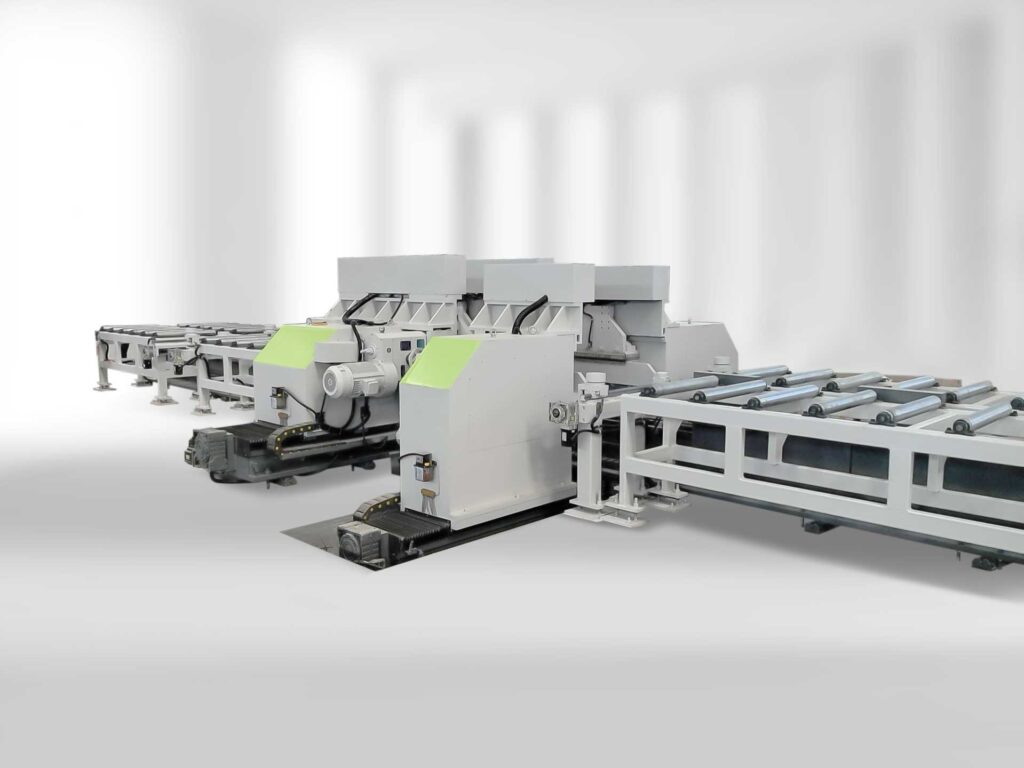
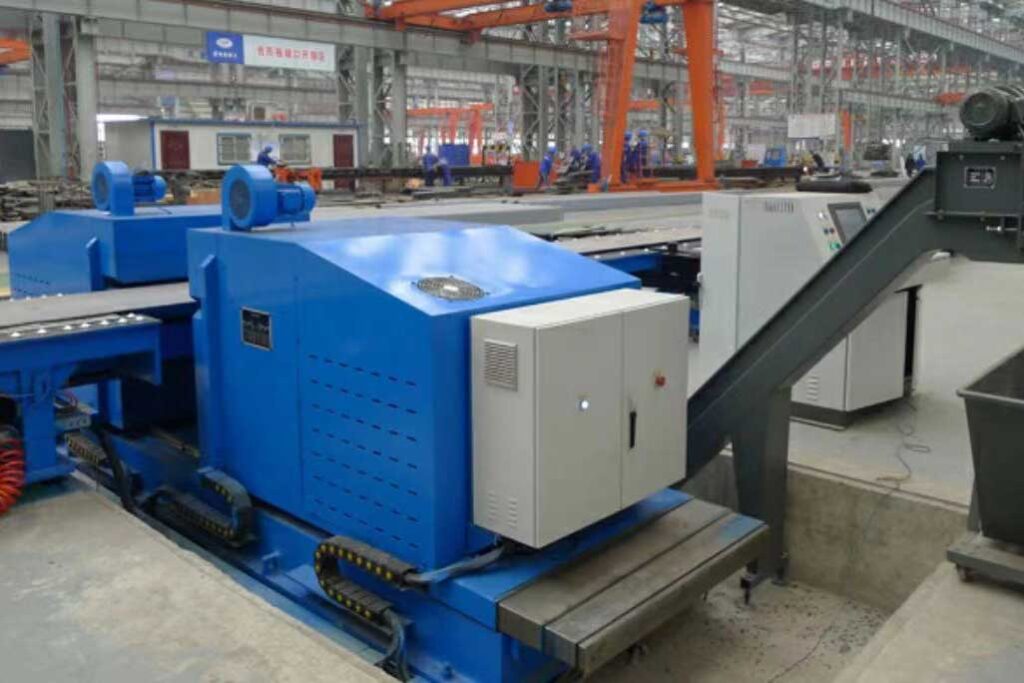
Features of PEM-V Plate Edge Milling Machine
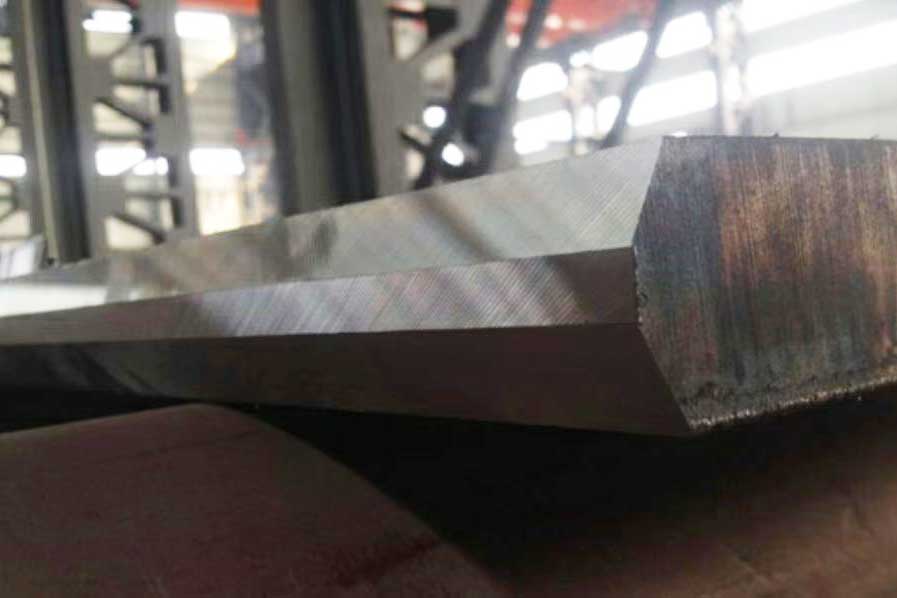
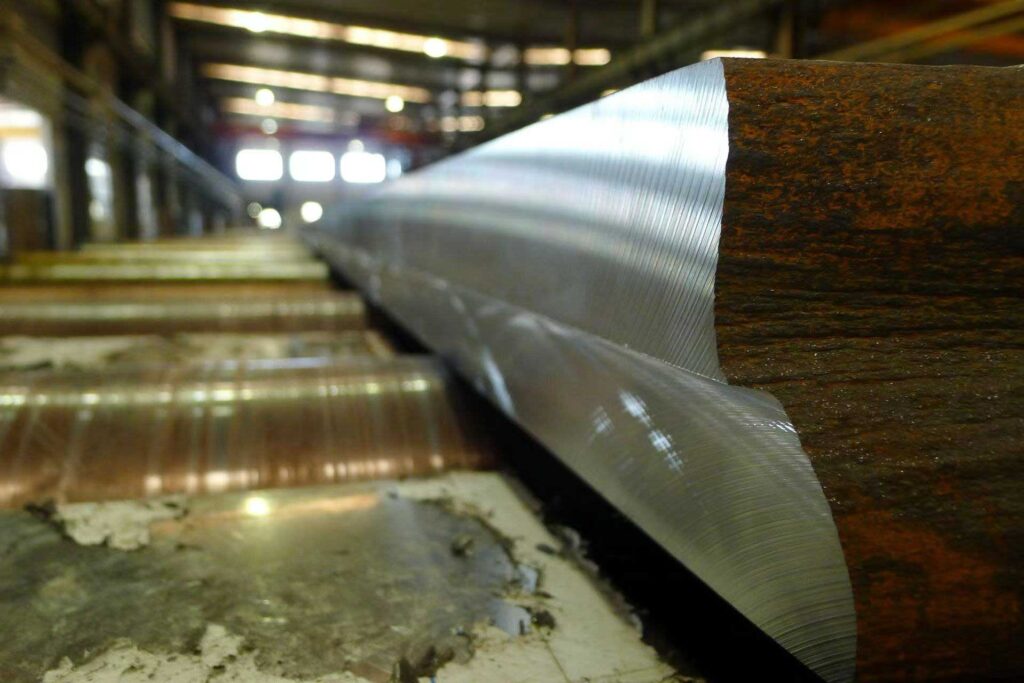
While the PEM-HF plate edge milling machine enables complete edge preparation on all four sides of a plate (two long edges + two short edges) in a single loading operation, delivering high productivity with minimal tooling costs, cost considerations make the PEM-V single-side edge milling machine more common in the market. Below are its key features:
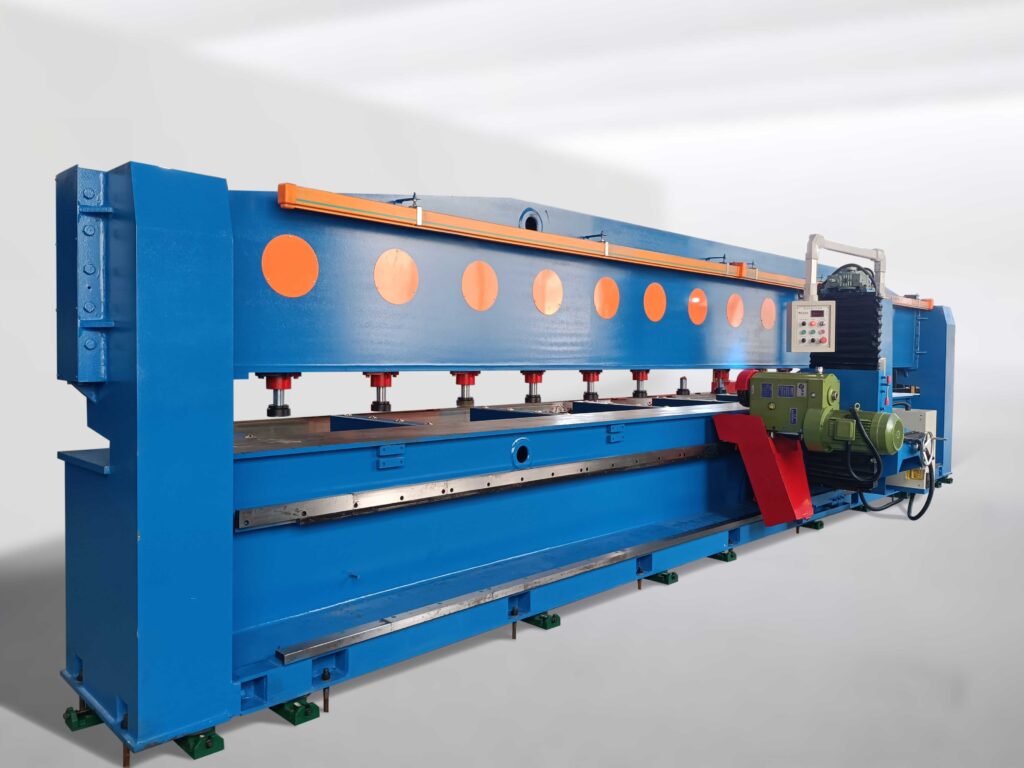
Key Components
Structural Components
Bottom base with rack & pinion mechanism for horizontal traverse of the vertical column along the T-slot bed
Vertical column with carriage to accommodate the milling head
Plate resting platform with optionally available self-powered roller conveyor (for automated plate loading, positioning, and retraction)
Clamping & Alignment System
In-built hydraulic cylinders for top-side plate clamping
Orientation cylinders to automatically set plates parallel
Edge Milling Unit & Adjustment Mechanisms
Side-mounted edge milling unit
Mechanical tilting facility (±45° spindle axis adjustment, Customized -45°, +60°) via bearing-supported worm & sector gear mechanism
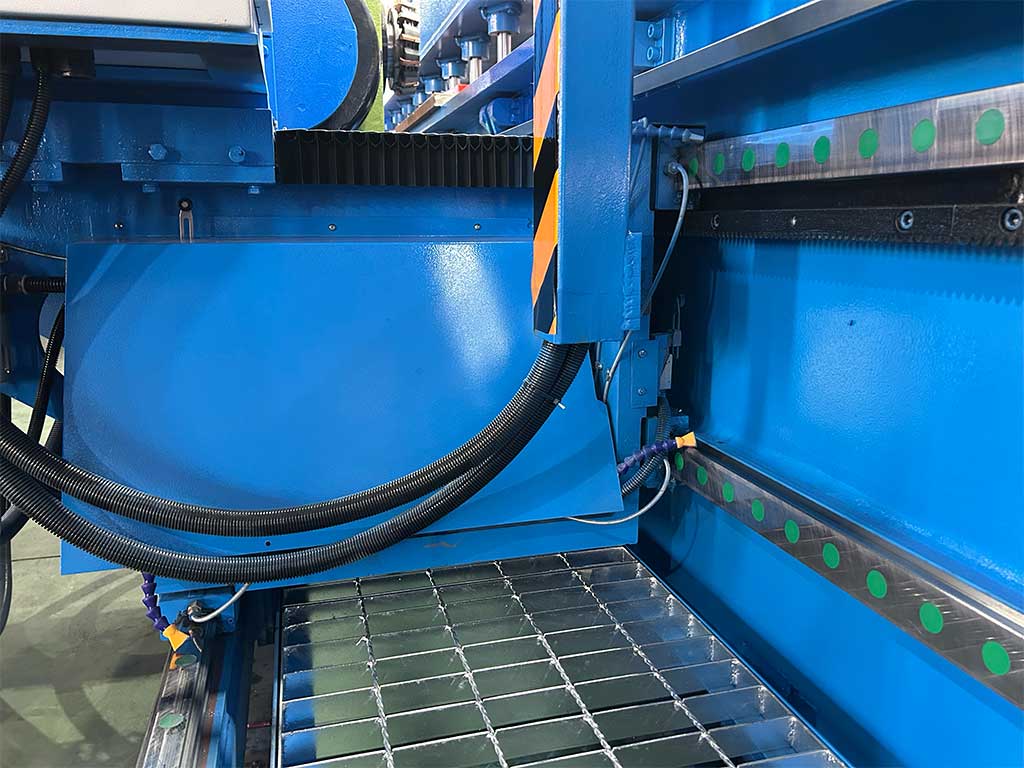
Frame
Milling Units X & Y-axis Installation
PEM-J’s Milling Units are installed on the X(vertical column) & Y(bottom base)-axis of the edge milling machine, with the Y-axis being the base of the machine frame and the X-axis being suspended on heavy-duty guide rails. This ensures the stability of the machine during heavy-duty milling processes and improves processing accuracy.
PEM-J Plate Edge Milling Machine frame is rugged steel construction, machined after the welding for rigidity. Overall aging treatment effectively eliminates internal stress.
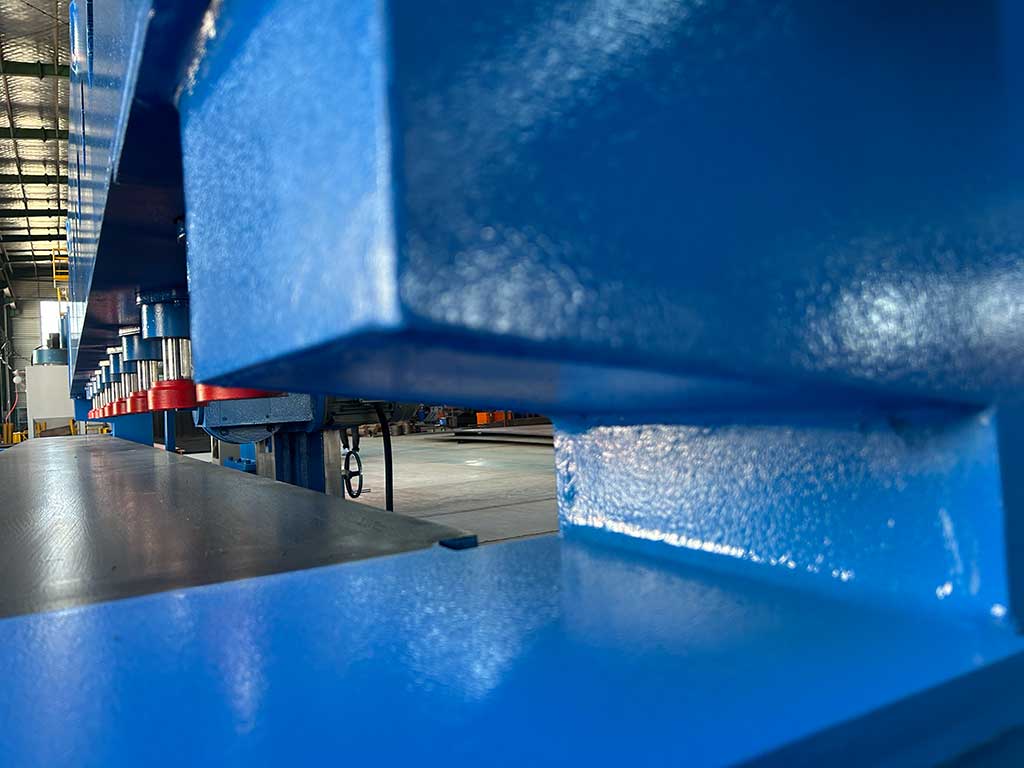
Open Gap Design
Edge Milling Longer than Stroke Length
Close-gap edge milling machine design limitation: milling plates longer than the machine’s stroke length remain impossible.
PEM-V Plate Edge Milling Machine designed with Reinforced Rigidity and Open Gap:
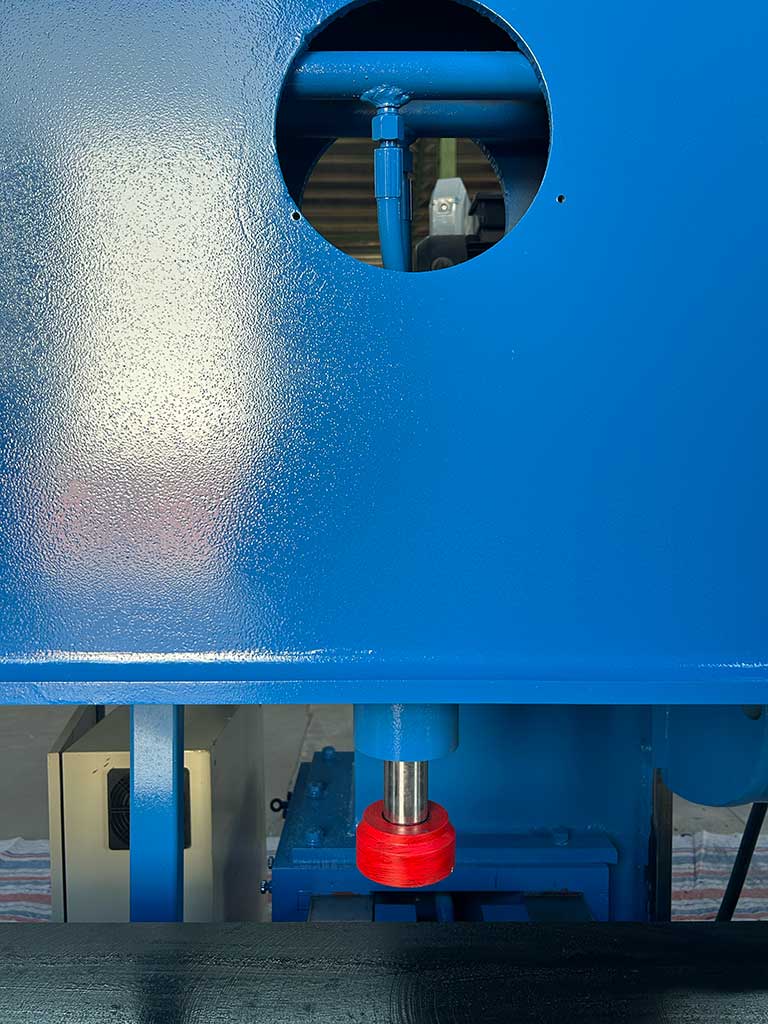
Box Structure Design
Precision Hydraulic Clamping
Consistent seam preparation for perfect weld
High fit accuracy ensures tight tolerances
Minimized vibrations for smoother operation
Reduced milling tip wear lowers maintenance costs
The heavy-duty box-welded construction of the press beam ensures vibration-free operation and high precision edge milling, even at maximum feed rates for consistent, high-quality results.
Built-in hydraulic cylinders provide safe, reliable plate clamping. Top-mounted clamping system ensures even pressure distribution, reduces maintenance while improving longevity.
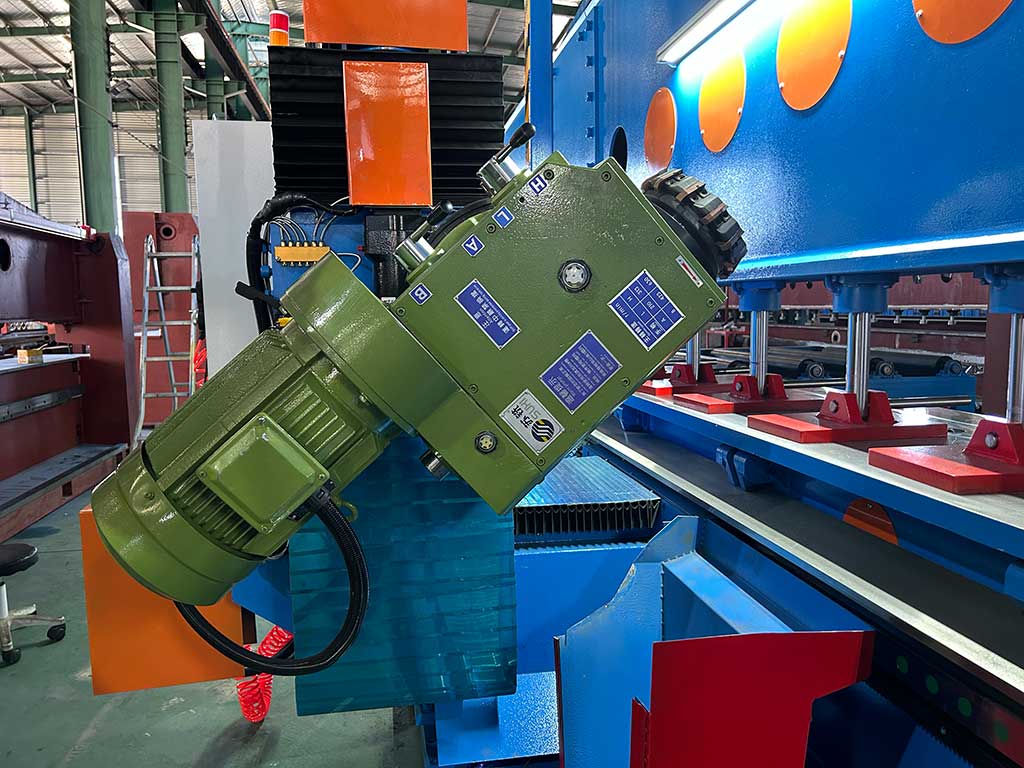
High-quality
Gantry Edge Milling Unit
Decades-proven all-geared Edge Milling Units are engineered for heavy intermittent cutting, particularly in edge beveling operations. Milling speed is adjustable to meet specific requirements (210-611 rpm), with a multi-speed gear transmission ensuring optimal power delivery for demanding tasks.
The Gantry Edge Milling Unit of the PEM-V Plate Edge Milling Machine features a variable feed system for longitudinal and vertical axis movements. Cross-axis travel, primarily used for depth-of-cut adjustment, is manually operated with a fine-feed mechanism for precise control. The edge milling head offers ±45°(Customized -45°, +60°) tilt flexibility for versatile edge milling applications.
Customer
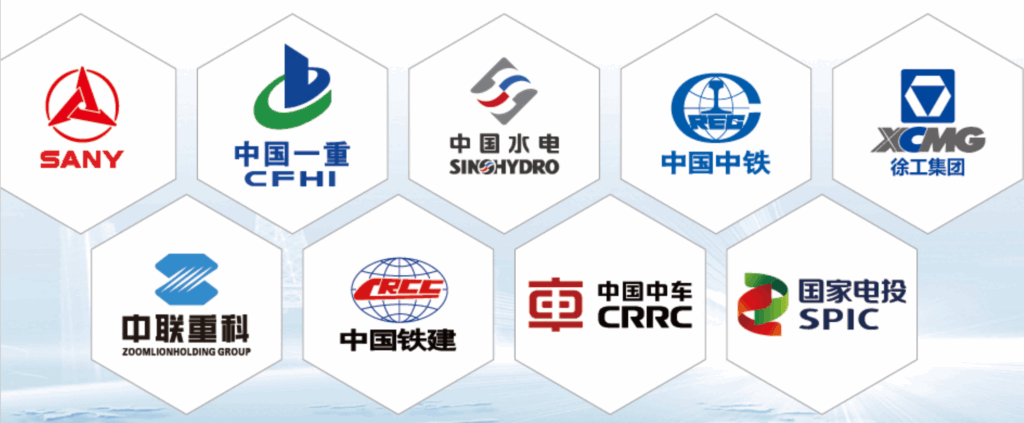
BIT, with a commitment to reliable quality, has provided a series of plate edge milling solutions to domestic and international customers, earning consistent praise. The company is a qualified supplier of plate edge milling machines for leading enterprises such as SANY, XCMG, Zoomlion, CRRC, CNNC, Norinco, and China Erzhong
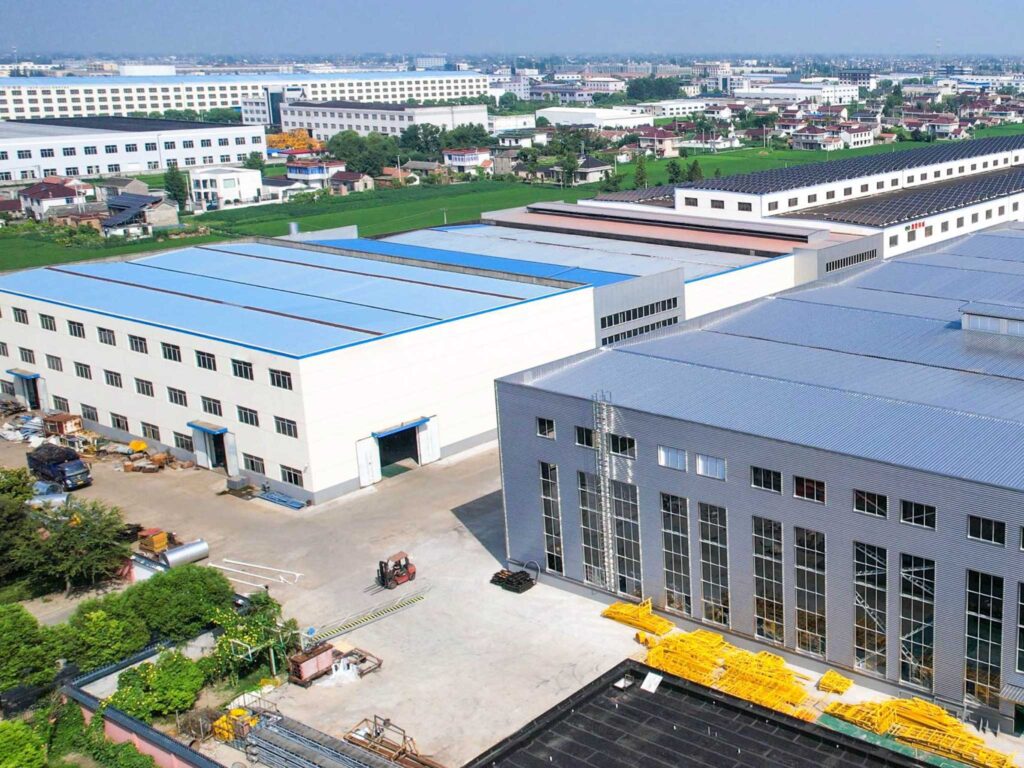
About US
In 2018, BIT relocated its production base for the PEM-V and PEM-H edge milling machines from Wuxi, Jiangsu to Nantong, Jiangsu.
The Nantong facility primarily manufactures three models of edge milling machines — PEM-V, PEM-H, PEM-HD, and PEM-HDL — designed for plate thicknesses ranging from 6 to 100 mm.
The production and R&D of the PEM-HF series CNC edge milling machines, with a milling capacity of 4 to 300 mm, are mainly carried out at the Taian facility in Shandong.
With a comprehensive quality management system, strong technical expertise, and advanced production processes, we ensure the manufacturing excellence of BIT’s products.
BIT’s goal is to produce world-class products and provide global customers with cost-effective Plate Edge Milling equipment.
Frequently Asked Questions
Getting Started
- What is Plate Edge Milling / Edge Milling?
Plate edge milling is a machining process that removes material from the edges of metal plates using milling cutters to achieve the required geometry, angles, and surface quality.
Under normal conditions, the cut edges of steel, aluminum, or stainless-steel plates are often rough, with burrs, oxide layers, or uneven surfaces. If the edges are prepared only by flame cutting, plasma cutting, or shearing, it is difficult to meet the strict requirements for high-precision welding, assembly, or sealing. By using plate edge milling technology, the oxide layer, defective surface, and burrs on the plate edges can be removed, while achieving precisely controlled dimensions and angles.
More specifically, plate edge milling machines use high-speed rotating milling cutters to process the edges of plates in a single pass, producing flat faces, bevels, or chamfers. Depending on the process requirements, bevel angles from 0° to 60° can be achieved, resulting in a smooth, clean, and heat-free machined surface.
In this state, the milled plate edges have excellent geometric accuracy and welding compatibility. This makes plate edge milling an important process for improving production efficiency and welding quality in industries such as shipbuilding, pressure vessels, bridges, steel structures, and heavy machinery.
- Pre-Welding Edge Preparation Process
According to different processing methods, pre-welding edge preparation can be classified into several categories: flame cutting, manual grinding/air gouging, conventional milling/planing machines, and plate edge milling / edge milling.
Flame cutting: Uses an oxygen-fuel flame to melt the material on the workpiece surface and blow it away, forming a cut. This method is suitable for workpieces with large thickness or complex shapes, but the heat-affected zone is relatively large, and the cut surface is rough, requiring subsequent processing.
Manual grinding / air gouging: Uses manual or pneumatic tools to grind or gouge the edges of the workpiece, which can trim the cut edges, but the efficiency is low and the accuracy is not high. It is suitable for single-piece processing, small-batch production, and on-site construction.
Conventional milling / planing machines: Uses milling cutters or planing tools to machine the workpiece edges, which can achieve relatively smooth surfaces. Milling machines are more efficient than planing machines and are suitable for small- to medium-batch production; planing machines have a simple tool structure but lower efficiency when machining long and narrow flat surfaces, making them suitable for single-piece or small-batch processing.
Plate edge milling: Uses a dedicated milling power head and a lifting column to process the edges of the workpiece through CNC control or automatic feeding. It provides high efficiency and good accuracy and can meet multiple processing requirements simultaneously. It is suitable for steel structures, pipelines, and construction machinery manufacturing.
Edge milling: Uses end-face milling cutters to cut the straight edges of the workpiece, achieving flat and smooth end faces. It is suitable for pre-welding preparation and can also perform bevel processing to meet welding structure requirements.
Note: Compared with flame cutting and manual processing, plate edge milling and end-face edge milling have the advantages of high machining accuracy, smooth surface finish, no thermal deformation, and high efficiency, making them particularly suitable for mass production and high-precision manufacturing. - Plate Edge Milling Advantages
High machining accuracy
Smooth and clean surface finish
No thermal deformation
High processing efficiency
Consistent bevel angle and dimensional control
Suitable for mass production
Stable and reliable quality
Minimal post-processing required
Compatible with automated production
Applicable to various metals and plate thicknesses - Releasing the Powerful Potential of Plate Edge Milling Machines in Pipeline Production
Plate edge milling technology is transforming pipeline manufacturing by delivering superior precision, efficiency, and reliability. This method uses high-speed milling cutters to machine the edges of steel plates, achieving clean, smooth, and dimensionally accurate bevels without introducing thermal deformation. When applied as a core process in pipeline production, plate edge milling machines ensure consistent weld preparation quality, leading to stronger and more durable welded joints.
Precision is at the heart of this process. The equipment guarantees stable bevel angles and uniform edge quality, resulting in highly accurate pipe dimensions and enhanced welding compatibility. This makes plate edge milling machines ideal for medium, large, and high-volume pipeline manufacturing operations. Additionally, their high automation capabilities align perfectly with modern production demands for efficiency and consistency.
Pipelines produced using plate edge milling technology are highly regarded for their structural integrity and reliability. The versatility of this method allows it to accommodate a wide range of plate thicknesses and materials, supporting innovation in pipeline design and manufacturing. Plate edge milling represents the cutting edge of pipeline production technology, balancing quality, productivity, and sustainability. - Understanding Plate Edge Milling
Plate edge milling is a machining process that uses high-speed rotating milling cutters to precisely machine the edges of steel plates, aluminum plates, stainless steel plates, and other materials. By removing oxide layers, burrs, and defects caused by thermal cutting, plate edge milling produces flat, smooth, and deformation-free edges. It can also create various bevel angles to meet the requirements of subsequent welding, assembly, and sealing processes.
The workflow of a plate edge milling machine includes:
- Workpiece preparation: Load and securely clamp the steel plate or other materials onto the milling machine’s worktable.
- Tool setup: Select the appropriate milling cutter, cutting speed, feed rate, and bevel angle according to process requirements.
- Milling process: Use high-speed rotating cutters to machine the plate edges in a single pass, creating straight edges, chamfers, or bevels as required.
- Final inspection: Check the flatness, surface finish, and bevel angles of the milled edges to ensure they meet welding and assembly specifications.
Advantages of plate edge milling:
- High accuracy: Ensures precise edge dimensions and consistent bevel angles.
- Excellent surface quality: Produces smooth, clean edges with no need for additional grinding.
- No thermal deformation: A cold-cutting process that avoids heat-affected zones.
- High efficiency: Well-suited for medium- to large-scale production, significantly improving productivity.
- Strong adaptability: Capable of machining plates of various thicknesses and materials.
- Why Plate Edge Milling Is an Ideal Choice for Pipeline Production
Plate edge milling provides a high-precision, high-efficiency method for edge processing in pipeline production. It uses high-speed milling cutters to machine the edges of plates or pipes, producing flat, smooth, and dimensionally accurate edges before welding, offering the following advantages:
The operation of plate edge milling includes:
- Maintaining accuracy: Precise milling and automated control ensure parallel edges and consistent bevel angles, guaranteeing stable and reliable weld quality.
- High surface quality: Milled edges are smooth and burr-free, requiring no additional grinding, which improves welding compatibility.
- Increased efficiency: Supports automated feeding and batch processing, significantly reducing production time, suitable for medium- and large-scale pipeline production.
- Versatility: Applicable to plates or pipes of various thicknesses and materials, including steel and aluminum, meeting diverse welding bevel requirements.
- Sustainability: Cold machining process with no heat-affected zone, reducing material stress and deformation, and extending pipeline service life.
- The Role of PEM Plate Edge Milling Machine in Your Business
When used in pipeline, steel structure, or machinery manufacturing, the PEM plate edge milling machine delivers high precision and efficiency, directly impacting weld preparation quality and production throughput. The advantages it brings to your business include:
- Increased productivity: Processes large volumes of plates quickly while maintaining edge accuracy and surface quality, enabling the business to scale up production.
- Improved quality: Precision milling ensures flat, smooth edges with accurate bevel angles, enhancing weld joint quality and overall product reliability.
- Consistency: CNC control and automated operation allow the PEM plate edge milling machine to maintain consistent edge quality and dimensions across every batch.
- Choosing the Best Plate Edge Milling Machine
Selecting the best plate edge milling machine requires consideration of several factors. The following guidelines can help:‘
- Plate material: Choose a machine and cutting tools suitable for the material, such as steel, aluminum, or stainless steel.
- Production scale: Select a machine with capacity and automation level that match your production volume.
- Budget: Allocate funds for the equipment while considering maintenance, consumables, and energy costs.
- Precision requirements: Define the desired edge flatness, bevel angles, and dimensional tolerances to select an appropriate machine.
- Machine features: Pay attention to key features such as CNC control, automated feeding, tool adjustment, tilt angle capability, and safety mechanisms.
- Research and comparison: Compare different models, read reviews, and seek expert advice.
- Prioritize safety: Ensure the machine meets operational safety standards and includes necessary protective and emergency stop functions.
When high-precision edge processing and consistency are critical, or when working with plates of varying materials and thicknesses, a high-precision plate edge milling machine is the ideal choice.
- Integrating Plate Edge Milling Machines into Your Production Process
Plate edge milling machines provide an advanced method for achieving high-quality plate edge preparation and weld readiness. To successfully integrate this equipment into your production process, follow these key steps:
Before Integration:
- Evaluate your requirements, production goals, capacity needs, and budget.
- Consider plate material types, equipment selection, facility layout, and safety requirements.
During Integration:
- Seek professional technical assistance and expert recommendations.
- Provide operator training conducted by qualified professionals.
- Optimize milling parameters based on plate material and welding specifications.
- Establish strict quality control and inspection procedures.
Advantages:
- High-quality edge processing: Ensures precise flat cutting and bevel preparation, delivering smooth and uniform edges that meet high welding standards.
- Customizable machining capability: By adjusting cutting angles, tool types, and feed rates, the machine can handle plates of various thicknesses and materials.
- Applicable across multiple industries: Widely used in pipeline manufacturing, pressure vessel production, steel structures, shipbuilding, bridges, and construction machinery.
- Real-World Applications of Plate Edge Milling Machines
Because plate edge milling machines enable high-precision and high-efficiency edge processing and weld preparation, this technology has become an essential process in modern manufacturing. Below are several typical success cases:
- Large pipeline manufacturing company reported that by introducing plate edge milling machines, the precision of welding bevel preparation was significantly improved, reducing weld rework rates by 35% and greatly enhancing production efficiency.
- Pressure vessel manufacturer achieved consistent bevel processing for high-strength steel plate welding using plate edge milling machines, increasing product qualification rates to 98% and successfully meeting stringent international quality certification standards.
- Shipbuilding company successfully applied plate edge milling machines to efficiently process thick steel plate edges, enabling modular welding of large ship hull sections, shortening construction cycles by 20%, and significantly improving delivery capabilities.
- Innovations in PEM Plate Edge Milling Machines
PEM plate edge milling machines represent a cutting-edge solution for achieving high-precision edge preparation and bevel processing in steel, aluminum, and other plate materials. Through advanced design and precise control, these machines significantly improve efficiency, quality, and flexibility in industrial production.
Below are several key innovations in PEM plate edge milling technology:
- Open-gap structural design – Enables edge milling of plates of unlimited length, overcoming the stroke limitations of conventional machines and optimizing workshop space utilization.
- High-precision hydraulic clamping system – Ensures consistent plate positioning, uniform pressure distribution, and stable operation, effectively reducing vibrations and extending tool life.
- Multi-axis milling unit installation (X & Y) – Heavy-duty guide rails and a reinforced frame ensure maximum stability and accuracy during high-load milling operations.
- Adjustable spindle tilt mechanism (±45°, customized -45° to +60°) – Allows precise and versatile bevel preparation, suitable for various welding groove requirements.
- Gantry edge milling units with multi-speed gear transmission – Deliver optimal power output and variable spindle speeds (210–611 rpm), ensuring consistent performance in heavy-duty cutting.
- Reinforced box-beam construction – Heavy-duty welded steel frame minimizes vibration, enhances structural rigidity, and improves long-term machining accuracy.
- Integrated automation options – Optional self-powered roller conveyors enable automated plate loading, positioning, and unloading, increasing productivity and reducing labor costs.
- Why BIT Is Your Ideal Partner for Plate Edge Milling in Pipeline Production
Discover the transformative potential of BIT’s advanced plate edge milling solutions. As a leader in edge preparation technology, BIT delivers cutting-edge machines designed to achieve high precision, superior quality, and optimal efficiency in pipeline plate processing. Whether you are manufacturing oil & gas pipelines, pressure vessels, or heavy steel structures, BIT provides innovative, reliable, and cost-effective solutions tailored to your needs.
Here are the key advantages BIT can bring to your business:
- Advanced Technology – Equipped with state-of-the-art plate edge milling machines, featuring open-gap design, multi-axis milling units, and precision hydraulic clamping systems.
- Customized Solutions – Tailor-made equipment configurations and process setups based on your production scale, plate specifications, and beveling requirements.
- Superior Edge Quality – Ensures accurate bevel preparation, consistent seam accuracy, and high-quality weld results for pipeline manufacturing.
- Proven Track Record – Backed by years of successful installations and trusted performance across pipeline, shipbuilding, and pressure vessel industries.
- Expert Support – Professional engineering teams provide comprehensive technical guidance, on-site commissioning, and after-sales service.
- Sustainability Focus – Designed to reduce material waste, optimize energy consumption, and support environmentally friendly manufacturing.
- Cost-Effective Performance – Maximizes productivity while lowering operational and maintenance costs.
- Innovation Leadership – Continually developing new technologies to improve beveling accuracy, production speed, and automation capabilities.
Partnering with BIT empowers your pipeline production to achieve high efficiency, exceptional precision, and long-term competitiveness.
- Start Your Journey to Customized Plate Edge Milling Solutions
Customized plate edge milling solutions provide unparalleled control, precision, and efficiency in plate preparation. You can start your journey by following these key steps:
- Define Your Requirements – Set clear production goals, including plate dimensions, bevel types, edge quality, and processing capacity.
- Choose a Trusted Partner – Work with a reliable manufacturer that offers fully customized solutions tailored to your production needs.
- Optimize Your Process – Collaborate with industry experts to continuously refine your milling parameters and improve overall efficiency.
- Embrace Innovation – Explore advanced features such as open-gap designs, multi-axis milling units, and automated plate handling systems.
Advantages:
- Precision Beveling – Customized plate edge milling machines ensure highly accurate bevels for perfect weld preparation.
- Superior Edge Quality – Clean, smooth, and consistent milling results improve product integrity and welding strength.
- Efficiency Retention – Advanced designs allow higher feed rates and optimized workflows without compromising accuracy.
- Sustainable Solution – Reduced material waste, energy-saving designs, and optimized tooling usage support greener manufacturing.
BIT also provides cutting-edge technologies such as dual-sided edge milling, high-speed gantry systems, and automated plate alignment solutions, enabling you to achieve exceptional performance in your plate processing operations.